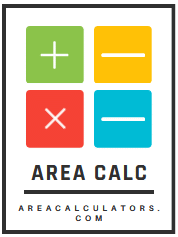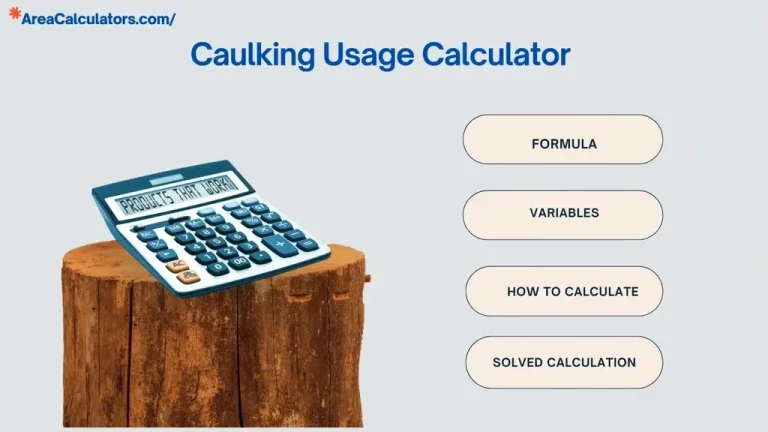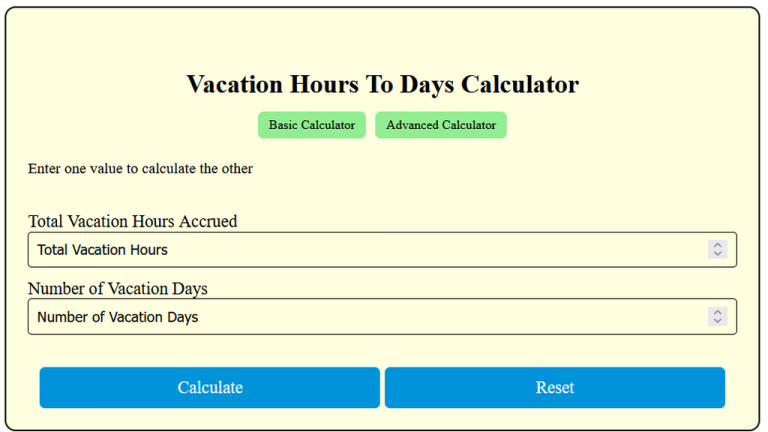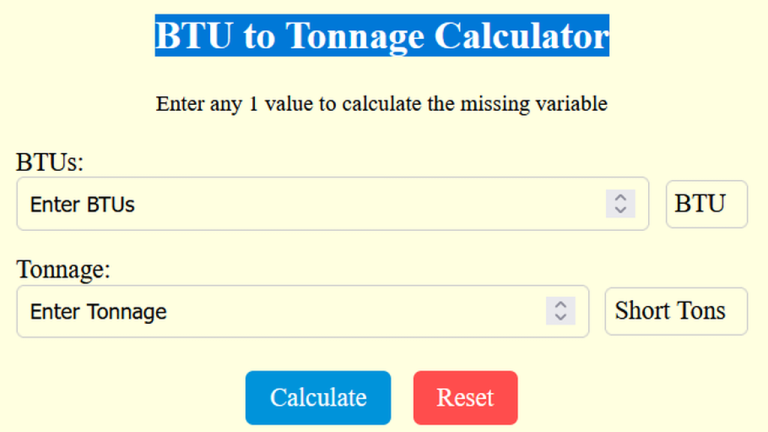Cube Surface Area Calculator
To calculate the surface area of a cube, square the length of one side (a²) and multiply it by 6. This will give you the total surface area of the cube.
Cube Surface Area Calculator
The Cube Surface Area Calculator is an essential tool that helps calculate the surface area of any cube based on its side length. The surface area formula for a cube is A = 6s², where s is the side length of the cube. This calculator simplifies the process, providing quick and accurate results.
Whether you're working with a 3D cube, solving geometry problems, or calculating the surface area of a 5x5x5 cube, this tool is designed for efficiency. It can also handle related shapes like rectangular prisms, cylinders, and pyramids, offering a comprehensive solution for surface area calculations.
Formula:
| Variable | Meaning |
|---|---|
| A | Total surface area of the cube |
| a | Length of one side of the cube |
Solved Calculations :
Example 1:
Given Values:
- a = 4 meters
| Calculation | Instructions |
|---|---|
| A = 6 × (4)² | Square the side length. |
| A = 6 × 16 | Perform the multiplication. |
| A = 96 square meters | The result gives the total surface area of the cube. |
Answer: A = 96 square meters

Example 2:
Given Values:
- a = 7 centimeters
| Calculation | Instructions |
|---|---|
| A = 6 × (7)² | Square the side length. |
| A = 6 × 49 | Perform the multiplication. |
| A = 294 square centimeters | The result gives the total surface area of the cube. |
Answer: A = 294 square centimeters
What is Cube Surface Area Calculator ?
The surface area of a cube is determined by the formula A = 6s², where s is the length of one side of the cube. This calculator makes you easily input the side length to find the total surface area in seconds. For example, if you need to find the surface area of a 6x6x6 cube, the calculator will provide the result of 216 square units.
This tool is ideal for students, engineers, architects, or anyone working on projects involving cubes or similar 3D objects. It also supports variations, such as calculating the lateral surface area or determining the surface area to volume ratio of a cube.
In addition to cubes, the calculator offers features for related shapes, including rectangular prisms, cylinders, and triangular prisms. Tools like the rectangular prism surface area calculator and the cylinder surface area calculator are available for more complex calculations.
Final Words:
Whether you're working with a simple cube or a combination of shapes, this calculator provides accurate and efficient solutions for all your surface area needs. With step-by-step instructions and support for various units, this tool is a must-have for geometry enthusiasts and professionals alike





